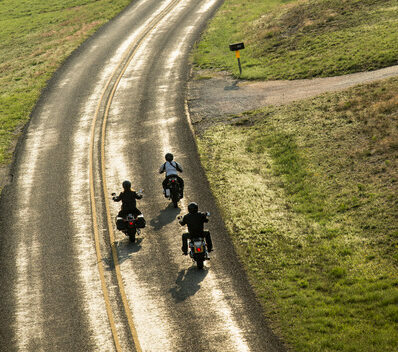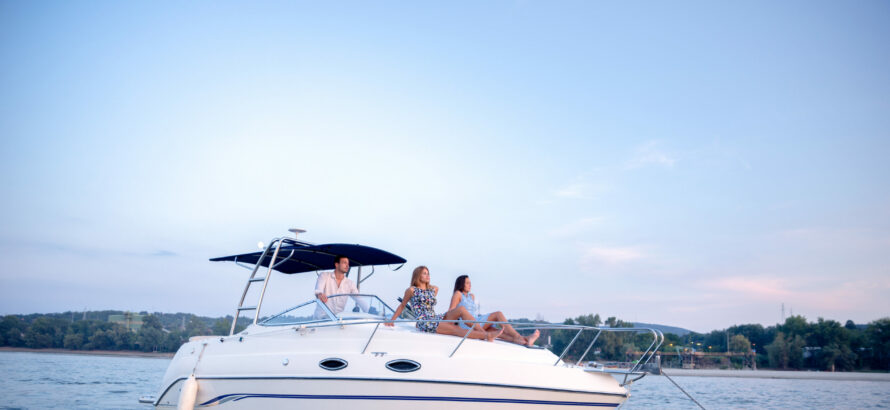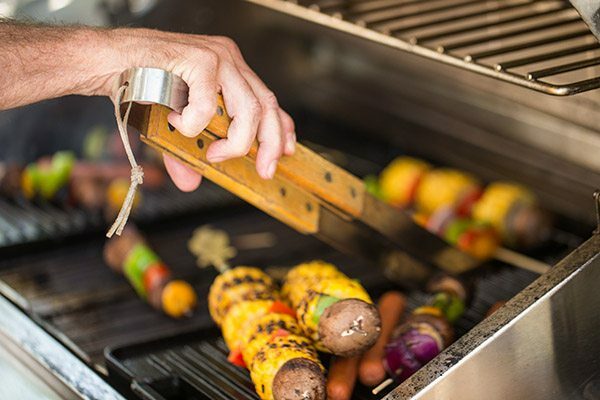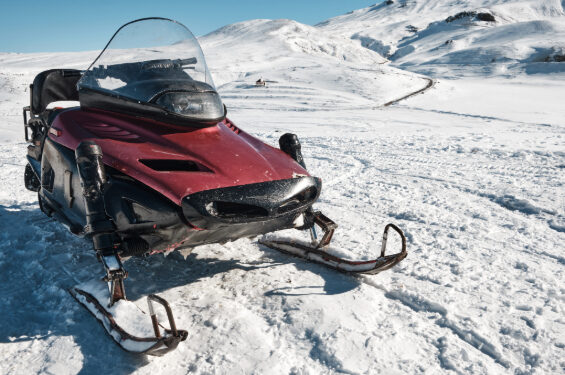
More women are hitting the streets on two wheels. There are nearly 7 million of them, according to the Motorcycle Industry Council, making up more than one-quarter of overall riders. And they also account for 10 percent of all motorcycle owners. To encourage more women to ride, Nationwide Insurance and the Motorcycle Hall of Fame Museum have designated July as Women’s Motorcycle Month.
“Take control of the handlebars of life,” says Eldonna Lewis-Fernandez, founder of PinkBikerChic.com, a site that encourages women riders to overcome any reservations and enjoy the road.
Find the right fit.
Sit on a number of bikes to find the one that feels right for you. Trade shows are great places to check models out in person. You can also get good advice from other women riders through online forums.
“Once you decide on a brand, see if you can rent a bike, or go to a dealer event where they bring the complete demo fleet to test ride,” Lewis-Fernandez says. “I’d also recommend that you consider buying a used bike of the model you like. You may find that as your skills grow, your desire for a different bike will change. I started out on the smallest model available, and outgrew it quickly.”
Take a class.
Training from a certified professional remains a must. Fortunately, there are an abundance of instructional resources, such as those listed through the Motorcycle Safety Foundation. Motorcycle riding involves an abundance of nuances that don’t apply to automobiles, which is why classes are needed. Taking lessons from “just another rider” can be a recipe for disaster.
“Someone attempted to teach me to ride before I had formal instruction and the results were disastrous,” Lewis-Fernandez says. “The class taught me the proper way to ride from sitting in a chair to actually riding the bike,” she says. “It was easier than I made it out to be. Professional coaching equals professional results.”
Protect the head—and everything else.
Riders should always wear helmets, as they reduce the risk of death by 39 percent, according to published research. Other gear should include ankle boots, gloves, leathers and heavy duty jeans.
Join the club.
There are many groups that specifically serve the needs of women riders. This is where to find women who share the passion that drives your riding experience. WomenRidersNow.com lists many of the groups.
“Motorcycling is a way of life,” Lewis-Fernandez says. “Once you learn to ride, you’ll wonder why it took you so long to get started.”
Find out about Nationwide coverage for motorcycles and other powersport vehicles, and talk to your agent about the policy that’s right for you.



